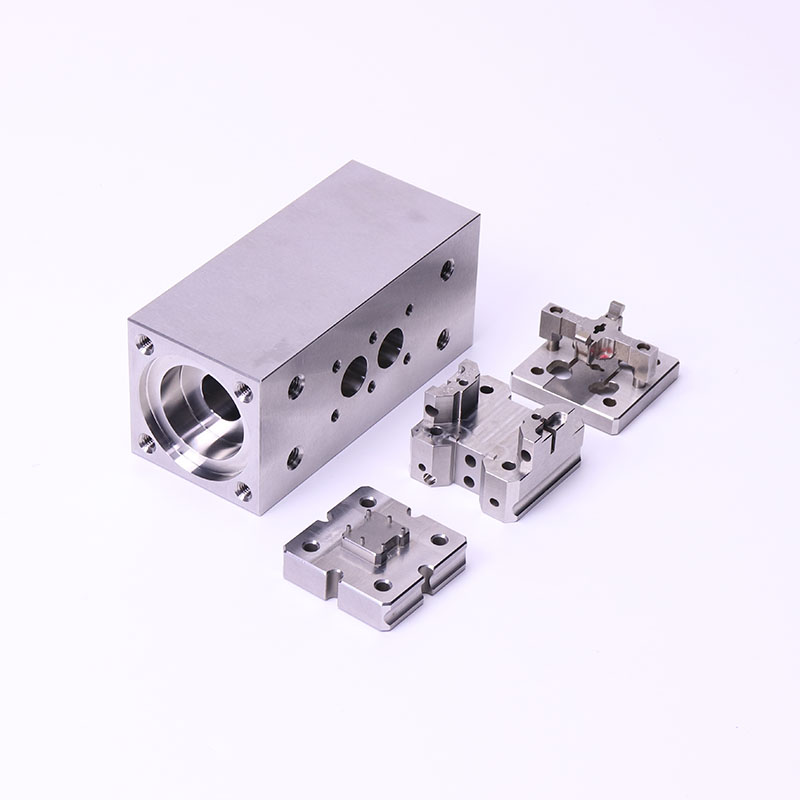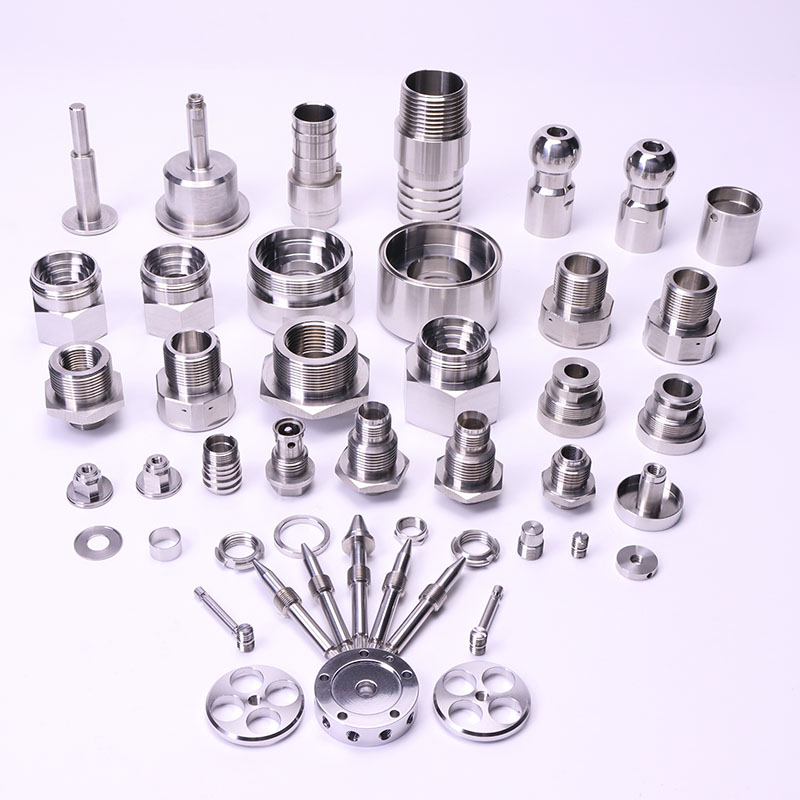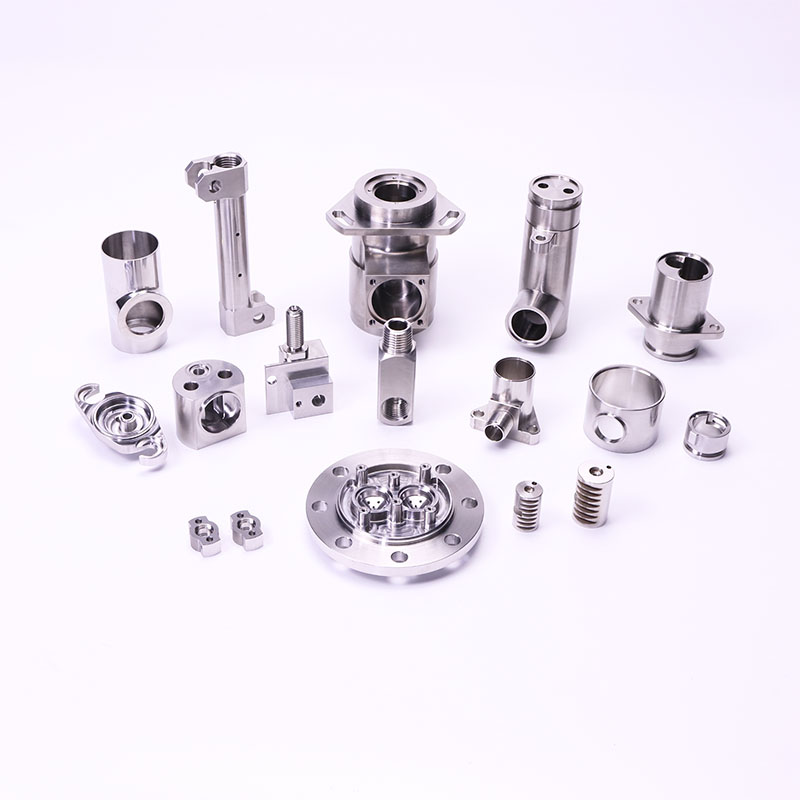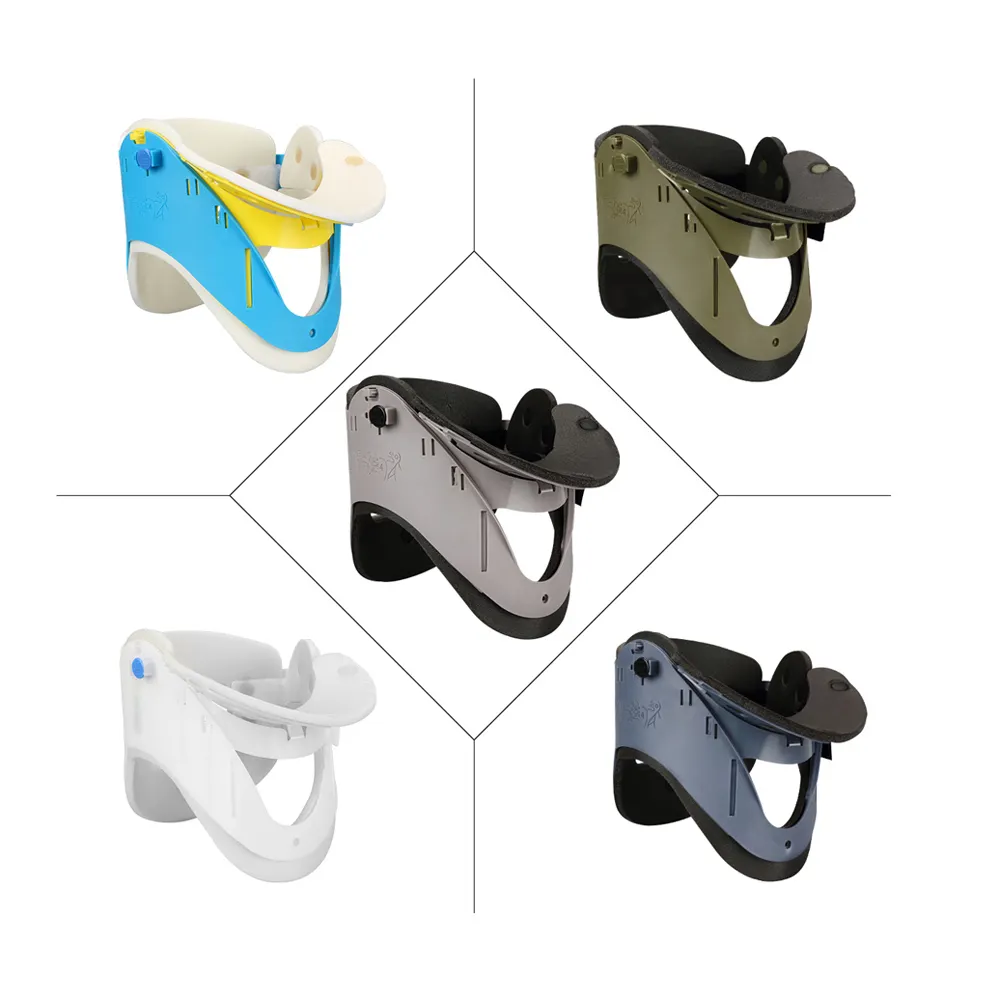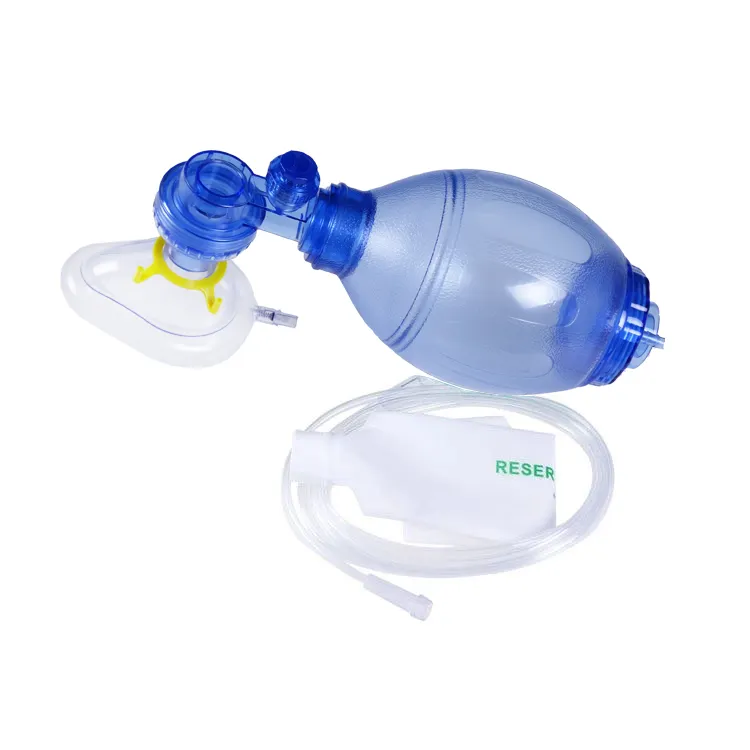Introduction
In the world of manufacturing, stainless steel is a material that stands out for its corrosion resistance, durability, and aesthetic appeal. However, when it comes to CNC machining, stainless steel presents a unique set of challenges. For companies like Xiamen Prime Kunwu Industrial Co., Ltd., which offers top - notch stainless steel CNC machining service, understanding these challenges is the key to delivering high - quality products.
Stainless steel is widely used in various industries, from aerospace to medical equipment, due to its excellent properties. But the very characteristics that make it so useful also make it a difficult material to machine. Why is this the case? And how can we overcome these difficulties to ensure precision and efficiency in the machining process?
1. The Challenges of Stainless Steel CNC Machining
1.1 High - Temperature Generation
One of the main reasons stainless steel is hard to machine is the high - temperature generation during the process. Stainless steel has a relatively low thermal conductivity. According to research from [relevant industry journal], when cutting stainless steel, the heat generated at the cutting edge is not efficiently dissipated. This leads to a significant increase in the temperature of the cutting tool, reducing its lifespan. For example, in a European aerospace manufacturing company that uses stainless steel for engine components, they found that the tool life decreased by about 30% when machining stainless steel compared to other common metals.
1.2 Work - Hardening Tendency
Stainless steel has a strong work - hardening tendency. When the material is deformed during machining, its hardness increases rapidly. This makes subsequent machining operations more difficult. A study by [a well - known research institution] shows that the hardness of some stainless steel grades can increase by up to 50% after machining. In a Chinese medical equipment factory that produces stainless steel surgical instruments, workers often face difficulties in achieving the required surface finish due to work - hardening.
1.3 Chip Formation and Evacuation
Another challenge is chip formation and evacuation. Stainless steel has a tendency to form long, stringy chips during machining. These chips can wrap around the cutting tool and workpiece, causing damage to both. In a US automotive parts manufacturing plant that uses stainless steel for exhaust systems, the production line often experiences interruptions due to chip entanglement, leading to increased production time and costs.
2. Solutions to Overcome the Challenges
2.1 Tool Selection
Proper tool selection is crucial for machining stainless steel. Carbide tools with high - performance coatings are often recommended. For example, tools coated with titanium nitride (TiN) or titanium carbonitride (TiCN) can improve wear resistance and reduce friction. A recent industry report indicates that using these coated carbide tools can increase tool life by up to 50% when machining stainless steel.
2.2 Cutting Parameters Optimization
Optimizing cutting parameters is another key solution. Reducing the cutting speed and increasing the feed rate can help to control the temperature and reduce work - hardening. According to industry experiments, when machining a certain grade of stainless steel, reducing the cutting speed from 200 m/min to 150 m/min and increasing the feed rate from 0.1 mm/rev to 0.15 mm/rev can improve the surface finish and reduce tool wear.
2.3 Coolant and Lubricant Application
The proper application of coolants and lubricants can significantly improve the machining process. Coolants help to dissipate heat, while lubricants reduce friction. In a Japanese electronics manufacturing company that uses stainless steel for housings, they found that using a high - performance coolant - lubricant mixture can reduce the temperature of the cutting tool by about 20%, resulting in better surface quality and longer tool life.
3. Industry Trends in Stainless Steel CNC Machining
4. Conclusion
Stainless steel CNC machining service is a complex but essential part of the manufacturing industry. The challenges of machining stainless steel, such as high - temperature generation, work - hardening, and chip formation, can be overcome through proper tool selection, cutting parameter optimization, and the application of coolants and lubricants. As the industry continues to evolve with trends like automation and new tool material development, companies like Xiamen Prime Kunwu Industrial Co., Ltd. are well - positioned to meet the growing demand for high - quality stainless steel CNC machining services. By staying updated with the latest technologies and industry trends, we can ensure precision, efficiency, and quality in every machining project.
References
"Automotive Engineering: Lightweight, Functional, and Novel Materials" — Journal of Materials Science and Technology
NHTSA Vehicle Safety Reports [Volume number], [Issue number], [Publication year]
SAE International Standards and Publications [Volume number], [Issue number], [Publication year]
FAQs
1.What are the common challenges in stainless steel CNC machining service?
Answer: High - temperature generation, work - hardening tendency, and chip formation and evacuation are common challenges. They can affect tool life, surface finish, and production efficiency.
2.How to choose the right tool for stainless steel CNC machining service?
Answer: Carbide tools with high - performance coatings like TiN or TiCN are recommended. They can improve wear resistance and reduce friction during machining.
3.Can cutting parameters be adjusted for better stainless steel CNC machining service?
Answer: Yes. Reducing cutting speed and increasing feed rate can control temperature and reduce work - hardening, improving surface finish and tool life.
4.What's the role of coolant and lubricant in stainless steel CNC machining service?
Answer: Coolants dissipate heat and lubricants reduce friction. Using them can lower tool temperature, improve surface quality and extend tool life.
5.What are the trends in stainless steel CNC machining service?
Answer: Automation and digitization, along with the development of new tool materials and coatings, are the main trends, bringing higher precision and efficiency.
Contact Info
Mr. Brook Lin
Job Title: Sales manager
E-mail: [email protected]
Mob/WhatsApp:+86 13599927066
Wechat:+86 13599927066 Skype:+86 13599927066
Country/Region: China (Mainland) Province/State: Fujian
Operational Address: Building 172, Tongan Industrial Zone, Tongan Area, Xiamen, Fujian, China (Mainland) Zip: 361100

